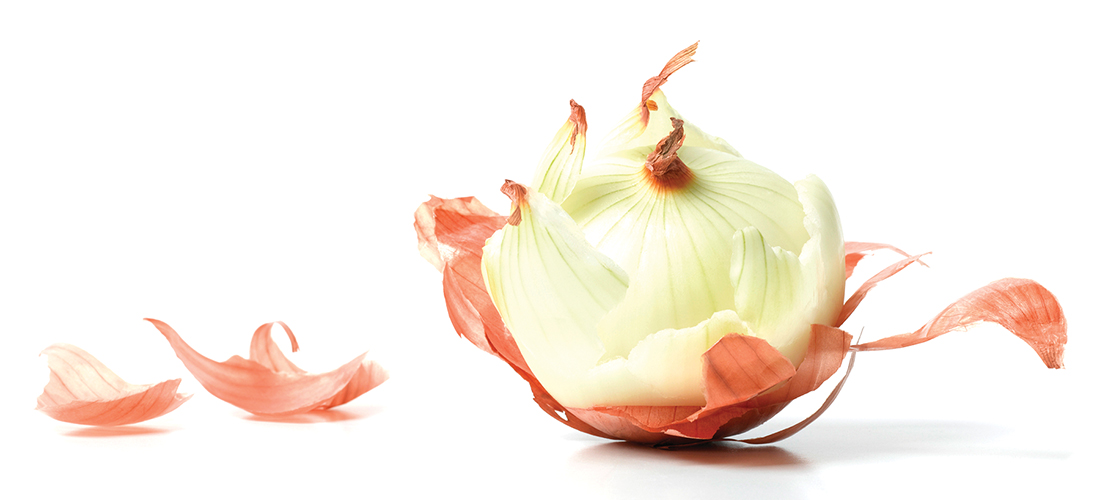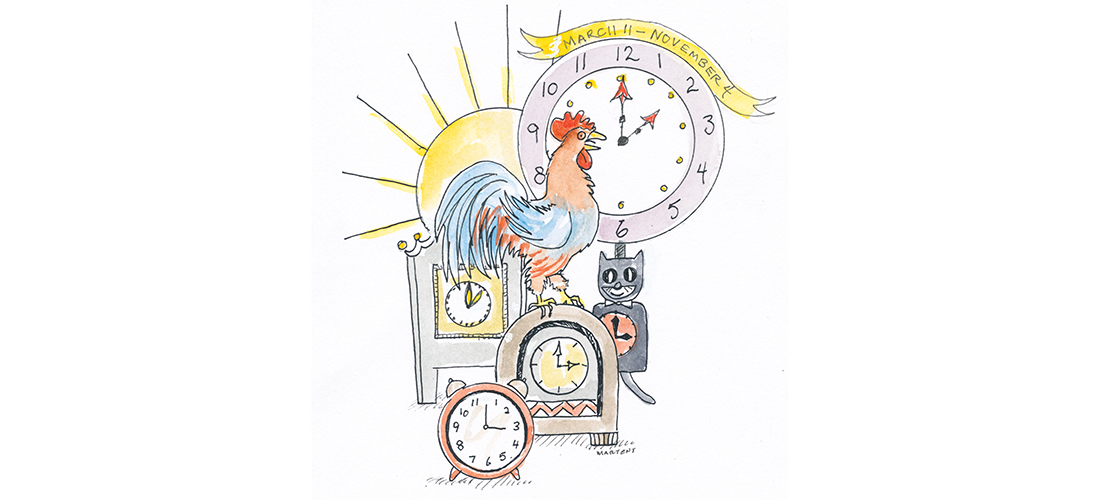New life for the Coore-Crenshaw course
By Lee Pace
It was exactly 10 years ago this spring that Bob Hansen sat down to breakfast at the Pine Crest Inn to talk about his lifelong love affair with golf, his memorabilia collection, his involvement in a Brunswick County golf course called The Thistle, and a new club he was developing located 5 miles to the northwest of the village of Pinehurst.
The new enterprise was called Dormie Club. It was to be a private enclave with local and national membership components, a place for purists to congregate and walk a rough-hewn and old-style course designed by North Carolina native Bill Coore and his design partner, Ben Crenshaw. Hansen waxed eloquent about the old-soul template for the club and what he hoped would be a lack of pretense — just golfers sticking a peg in the ground and having a game.
“Golf is life-shaping,” Hansen said. “You get an opportunity to be completely away from the business world, from cellphones and traffic and all the noise out there. You get out on the golf course with people, and you find out real quick what’s on their minds. For the most part, you’ll see that fog from their everyday life evaporate and see that their commitment is to the game. Guys are wrought up with stress, but put your bag on your shoulder and go hit some shots and it changes your whole day.”
Hansen spoke of the genesis of the name “Dormie,” taken from the golf term meaning that a golfer in match play has a lead equal to the number of holes left to play. He cannot lose.
“’Dormie’ has been in the Scottish language for hundreds of years,” Hansen says. “In the context of this club, its primary meaning is that you have come to a point in life where nothing much bad can happen, where you can do me no harm. ‘I am dormie’ — the worst I can do is tie. I am at a point where I am comfortable and can relax.”
It turns out the “dormie” metaphor was far more ticklish than Hansen and his partners would ever dream. Over the following 12 months, the S&P 500 would be cut in half, and two venerable financial institutions would implode and go belly up. The timing for a new club was horrendous at best, dreadful at worst. The course opened in 2010, but the lofty visions of the Dormie brain trust never materialized. The golf operation never actually closed, but the original plans and infrastructure were stuck in the muck. In recent times, there was not even a head golf professional, just a clerk to take golf fees from the public and the package players that the club needed for its trickle of cash flow.
“Bob had excellent vision for the club,” says Mike Phillips, the club’s original membership and sales director who first worked at Dormie from 2009-13. “He was very smart in bringing Coore and Crenshaw in and basically giving them carte blanche to do what they wanted to do on the golf course. He showed them the boundaries of the property and said, ‘Use what you want and call me when you’re through.’
“The fact that the course never closed during some tough times says volumes about how good it is. The site is hard to match in terms of peace and tranquility.”
Coore and Crenshaw’s first smash hit in the golf design business was Sand Hills, a 1995 build-it-and-they-will-come club in central Nebraska. A member there is Tom Peed, who built a publishing empire centered in the heavy machinery and agricultural worlds of the Midwest and has three sons working for the business. One of them, Zach, is a crack golfer who played at Nebraska Wesleyan College and now is running a division of the company that has purchased four golf courses from Nebraska to Texas to Virginia and, now, to the Sandhills of North Carolina.
Dormie Club was bought in January by Dormie One Properties, which will operate it as one of a network of clubs that includes Briggs Ranch Golf Club in San Antonio, Texas, Ballyhack Golf Club in Roanoke, Virginia, and Arbor Links in Nebraska City, Nebraska. New management will honor tee times and outings already on the books, but in time the club will be strictly private — per the original vision. Local, national and corporate memberships will be available, and membership at one club includes access to each club in the Dormie One network, which the Peed family intends to expand. Plans for a clubhouse and 15 four-bedroom villas are in the works. Phillips, who has returned to the Dormie team as membership director and land sales broker, says the owners hope to break ground by summer, and plans call for no more than 60 to 70 golfers a day.
Coore visited the club in early January 2018 and planned a second trip soon after to complete a punch list of to-do items for the club maintenance staff, things mostly a result of tree and underbrush growth over the eight years since the course opened.
“Ben and I are very pleased with the new developments,” Coore says. “In talking to the Peed family and walking the golf course with them, they really do want it to reach its potential. It’s not been that far off. It’s a very positive thing — not just for Dormie, but for golf in the Pinehurst area. Basically the course just needs a little polishing, nothing major. It’s actually in very good condition.”
The club is located near the intersection of Hwy. 73 and Beulah Hill Church Road and has two lakes (one of them 55 acres large) and 100 feet of elevation change. There are the pine forests typical of the area, but a rich abundance of hardwoods as well.
The designers’ idea for the course when they began in 2006 was to incorporate the look and feel of the No. 2 course, which Coore played often as a junior in the 1950s and ’60s — hard running, plenty of width for strategy, interesting green complexes, no Bermuda rough anywhere. Tees, fairways and greens would be maintained, everything else left as nature had created it. Since there is no real estate within the course, it’s relatively compact and walkable (caddies are available).
“By no means did we envision a copy of No. 2,” Coore says. “But we wanted to take some of the principles we felt applied to No. 2 and other courses Mr. Ross had done in the Sandhills and say, ‘This is our interpretation of what golf in the Sandhills might look and feel like.’”
The finished design requires a deft touch in places — there are two par-4s drivable for long-hitters (the third and 14th, both under 300 yards), but often a player will deduce the smart attack is to lay back and have a full spinning wedge from a hundred yards. Delicacy is also required on the par-3 12th, which stretches only 98 yards with tees stair-stepping upward from back to front. Brute force is demanded on the closing holes — 17 is a par-5 with a vast expanse of sand and nature to carry, and 18 is a long par-4 uphill.
Coore remembers routing the course from walking the land and surveying the topo maps — before wetlands had been designated. He knew from experience and instinct which areas of the property would likely be deemed wetlands and thus untouchable for the playing areas. He was amused and pleased to learn that his routing and the government-issued wetlands map meshed nicely.
“If they had handed me a map at first with the wetlands delineated, I’d have handed them back and said, ‘You can’t do a golf course here,’” Coore says. “But it worked out fine. It just proved to me that if you lay the golf course out the way the land wants to go, in most cases the wetlands are going to be OK. The topos will tell you a lot of things, but they won’t tell you the feel of the place. You have to go walk a site and experience it, get a feel for the way the golf course will circulate. Because we laid the holes out the way you would naturally play from one high, across a low to the next high, the wetlands had little impact.”
And so Dormie Club enters its second iteration, hopefully one that will see it emerge as a winner in extra holes.
Chapel Hill-based writer Lee Pace wrote about Coore and Crenshaw and their restoration of Pinehurst No. 2 in his 2012 book, The Golden Age of Pinehurst.





